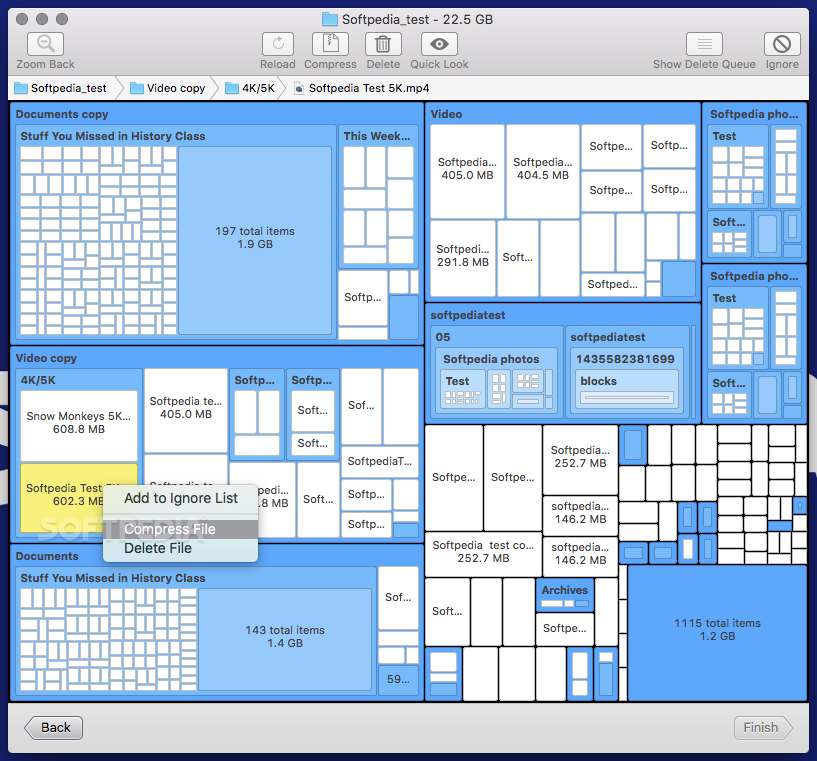


To access the data in a disk image, double-click it. As long as it’s available on your Desktop, anyone with access to your computer account can use the docs on it. When you’re done using the documents on the secure disk image, eject the disk image. If you want to erase the original documents so they can’t be recovered, drag them to the Trash, then choose Finder > Empty Trash. In the Finder, copy the documents you want to protect to the disk image. It mounts its disk icon on your desktop and in the Finder sidebar. Click the Image Format pop-up menu, then choose “ read/write” disk image.Īs before, Disk Utility creates the disk image file where you saved it in the Finder.Click the Partitions pop-up menu, then choose Single Partition – GUID Partition Map.Use the default settings for the rest of the options: If you forget it, you can’t open the disk image.
#Mac disk map space password
Make a note of the password and save it somewhere handy.
#Mac disk map space mac os

To encrypt the disk image, click the Encryption pop-up menu, then choose an encryption option.ĭisk Utility creates the disk image file where you saved it in the Finder and mounts its disk icon on your desktop and in the Finder sidebar.When you use a master disk image to create other DVDs or CDs, all data is copied exactly. It includes a copy of all sectors of the disk image, whether they’re used or not. DVD/CD master: Can be used with third-party apps.Read/write: This allows you to add files to the disk image after it’s created.Compressed: Compresses data, so the disk image is smaller than the original data.Read-only: The disk image can’t be written to, and is quicker to create and open.This is the name that appears in the Finder, where you save the disk image file before opening it.Ĭlick the Format pop-up menu, then choose an option: ”Įnter a file name for the disk image, add tags if necessary, then choose where to save it.

Choose File > New Image, then choose “ Image from.Select a disk, volume, or connected device in the sidebar.You can then restore that disk image to another volume.
#Mac disk map space free
For example, if a USB device or volume is 80GB with 10GB of data, the disk image will be 80 GB in size and include data and free space. With the Mac’s Disk Utility - which is found in the Utilities folder inside the Applications folder on your Mac’s drive - you can create a disk image that includes the data and free space on a physical disk or connected device, such as a USB device. Just create an image of that drive and store it. If you want/need to keep data from a Mac, you don’t need to keep the actual hardware around. They’re convenient for incremental backups since you can make as many different images as you want.You can copy one system to a large number of identical computers, which means you don’t have to set up every computer separately or set up the whole operating system from scratch.


 0 kommentar(er)
0 kommentar(er)
